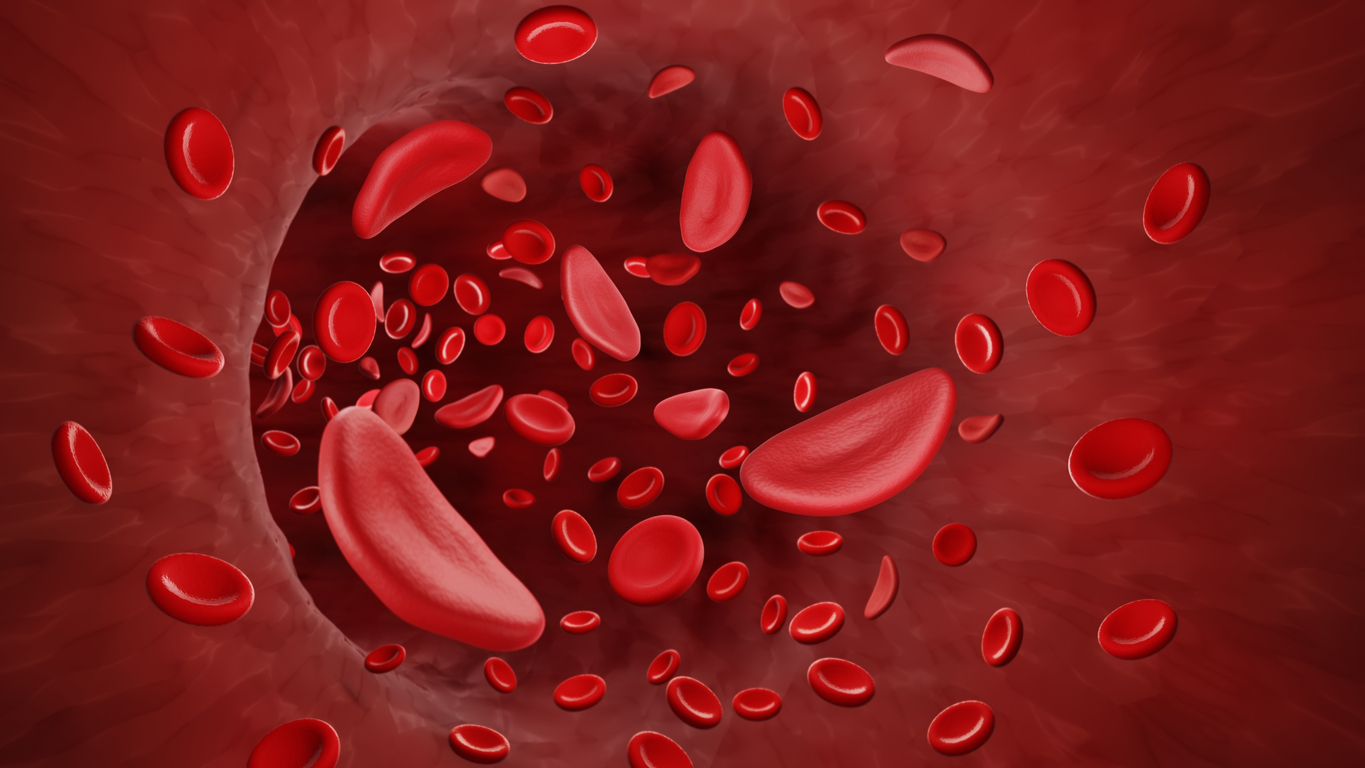The UK government yesterday announced an award of £1.4 million ($1.7 million) to accelerate the development of vaccines to combat antimicrobial resistance (AMR).
The award from the government's Global AMR Innovation Fund (GAMRIF) will help the University of Birmingham-hosted Bacterial Vaccines Network (BactiVac) diversify its pipeline of bacterial vaccine development projects. BactiVac was founded in 2017 to advance the development of vaccines targeting the bacterial pathogens of global importance.
In a July 2022 report, the World Health Organization said that with the current antibiotic pipeline relatively short on new candidates, vaccines have become a "highly attractive" tool that could help curb AMR by reducing the incidence of bacterial infections and reducing the overall use and misuse of antibiotics.
"GAMRIF supports strategies to tackle AMR and bacterial vaccines play a key role in this by preventing bacterial diseases from developing, removing the need to use antimicrobials and reduce opportunities for AMR to develop," BactiVac co-director Adam Cunningham, PhD, said in a news release. "This is a key reason why the partnership between GAMRIF and BactiVac is so important for controlling AMR."
BactiVac brings together more than 1,400 academic, industry, and policy partners from the United Kingdom and 78 other countries, over half of which are low- and middle-income countries. It's pipeline of projects includes vaccines that target bacterial infections in animals as well as humans.















